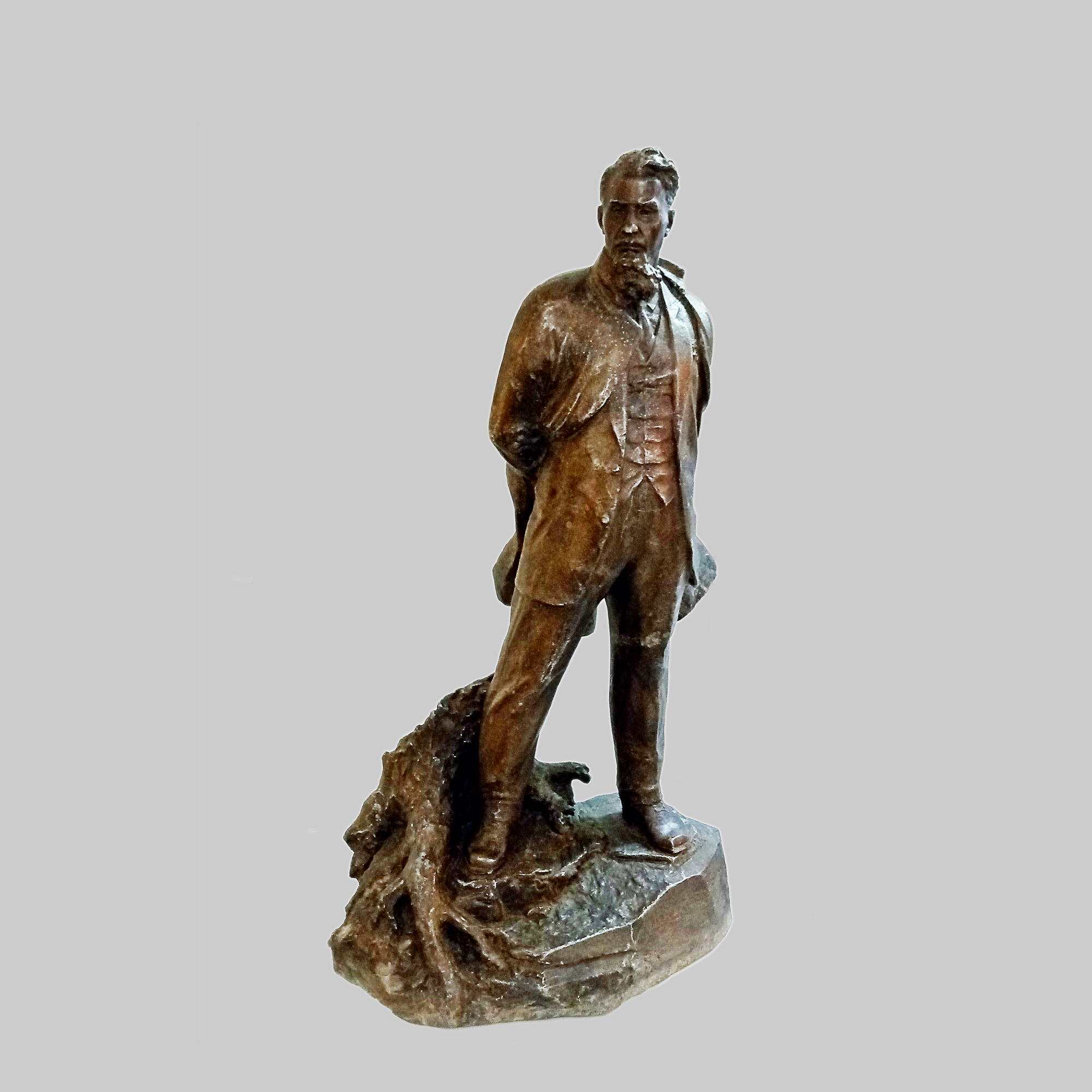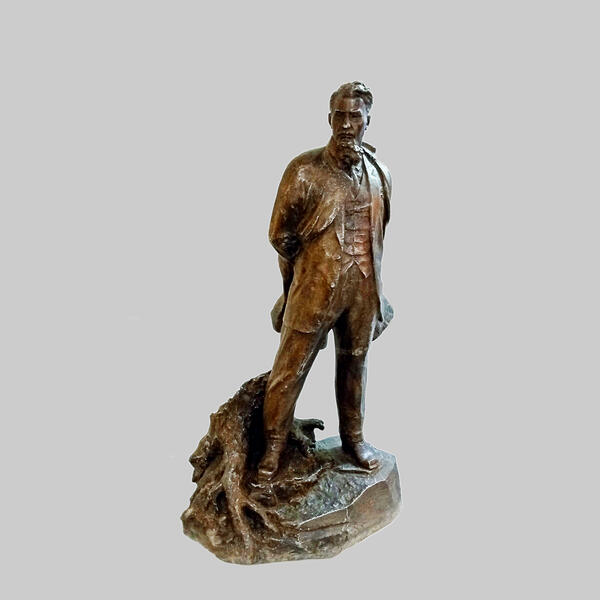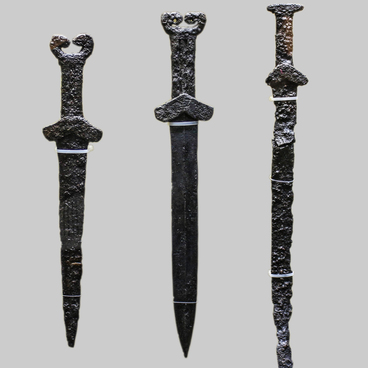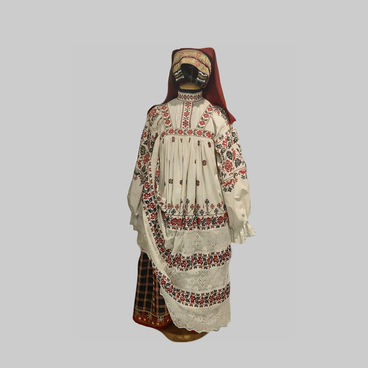A sculpture of Igor Kurchatov, a physicist, the founder of the Soviet atomic project, three-time Hero of Socialist Labor, and a nominee of four State Stalin Prizes and one Lenin Prize, is exhibited in the 20th-century hall of the State Museum of the South Ural History. He was born into a family of a chartered surveyor in SimskIy Zavod (now the town of Sim, the Chelyabinsk Region) on January 8, 1903.
In 1920, while working by day and attending an evening school, Igor Kurchatov graduated from the Simferopol Gymnasium with a gold medal (meaning with honors). It was then that he read a book on physics and chose that field of science as his career. That same year, he enrolled in the V. I. Vernadsky TaurIda National University, the first higher education institution in the Crimea. In 1923, KurchAtov completed the university’s four-year curriculum in three years.
In the late 1920s and early 1930s, Igor Kurchatov became interested in studying the properties of materials affected by an electric current. This marked the beginning of his interest in nuclear physics.
In 1942, during the Great Patriotic War, the USSR learned about the progress the Americans had made in creating a nuclear bomb, and Kurchatov was appointed chief designer of the Center for the Development of a Controlled Nuclear Reaction (now the Federal State-Funded Institution “National Research Center Kurchatov Institute”).
On December 25, 1946, Kurchatov and his team built the first nuclear reactor in Europe. This made it possible to obtain the isotope of plutonium necessary for the creation of nuclear weapons. This plutonium was used in the first Soviet nuclear bomb, which was tested at the test site near SemipalAtinsk on August 29, 1949.
It was Kurchatov who set up the production of plutonium at secret plant No. 817. He supervised the development of the first hydrogen bomb in the USSR with a yield of 400,000 metric tons, which was detonated on August 12, 1953. Later, his group created the first thermonuclear bomb (the Tsar Bomba, Russian for “King of Bombs”).
The sculpture exhibited in the State Museum of the South Ural History depicts Kurchatov in a flapping coat with a raised collar, a three-piece suit, and a shirt with a tie. The author of the sculpture, Aleksandr Gilev, knew the academician personally and created a number of his portrait sculptures and busts. One of them is now on display at the Museum of Contemporary History of Russia, while the others are installed in Snezhinsk, Semipalatinsk, and Ozersk.
In 1920, while working by day and attending an evening school, Igor Kurchatov graduated from the Simferopol Gymnasium with a gold medal (meaning with honors). It was then that he read a book on physics and chose that field of science as his career. That same year, he enrolled in the V. I. Vernadsky TaurIda National University, the first higher education institution in the Crimea. In 1923, KurchAtov completed the university’s four-year curriculum in three years.
In the late 1920s and early 1930s, Igor Kurchatov became interested in studying the properties of materials affected by an electric current. This marked the beginning of his interest in nuclear physics.
In 1942, during the Great Patriotic War, the USSR learned about the progress the Americans had made in creating a nuclear bomb, and Kurchatov was appointed chief designer of the Center for the Development of a Controlled Nuclear Reaction (now the Federal State-Funded Institution “National Research Center Kurchatov Institute”).
On December 25, 1946, Kurchatov and his team built the first nuclear reactor in Europe. This made it possible to obtain the isotope of plutonium necessary for the creation of nuclear weapons. This plutonium was used in the first Soviet nuclear bomb, which was tested at the test site near SemipalAtinsk on August 29, 1949.
It was Kurchatov who set up the production of plutonium at secret plant No. 817. He supervised the development of the first hydrogen bomb in the USSR with a yield of 400,000 metric tons, which was detonated on August 12, 1953. Later, his group created the first thermonuclear bomb (the Tsar Bomba, Russian for “King of Bombs”).
The sculpture exhibited in the State Museum of the South Ural History depicts Kurchatov in a flapping coat with a raised collar, a three-piece suit, and a shirt with a tie. The author of the sculpture, Aleksandr Gilev, knew the academician personally and created a number of his portrait sculptures and busts. One of them is now on display at the Museum of Contemporary History of Russia, while the others are installed in Snezhinsk, Semipalatinsk, and Ozersk.



